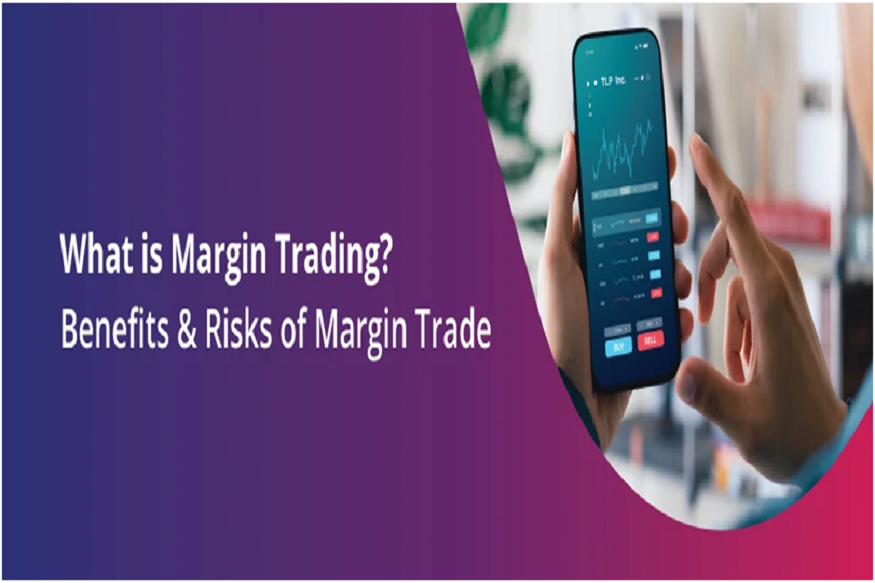Margin trading has long been a favored strategy for investors seeking to amplify their returns through leverage. As financial markets evolve, margin trading is expected to undergo significant transformations, driven by technological advancements, regulatory shifts, and changing investor behavior.
Key Trends Shaping the Future
- Increased Adoption of AI and Automation
Artificial intelligence (AI) and machine learning are playing a larger role in margin trading. Automated trading algorithms are enabling investors to execute high-frequency trades with greater precision, reducing risks associated with emotional decision-making. AI-driven risk management tools are also becoming more sophisticated, helping traders optimize their leverage strategies. - Expansion of Margin Trading in Crypto Markets
Cryptocurrency markets have seen a surge in margin trading, with platforms offering leverage as high as 100x. As the sector matures, regulatory scrutiny will likely increase, leading to enhanced investor protections and more standardized risk management protocols. - Tighter Regulations and Risk Mitigation Measures
Authorities worldwide are imposing stricter regulations to prevent excessive leverage and market manipulation. These changes may include mandatory margin requirements, enhanced transparency, and improved investor education on the risks of leveraged trading. - Retail Investors Driving Growth
Retail participation in margin trading is expected to rise due to the accessibility of online trading platforms and mobile applications. Fintech companies are lowering barriers to entry, allowing more individuals to engage in leveraged trading with lower capital requirements.
Predictions for Investors
Going forward, margin trading will likely become safer and more accessible, with AI-driven tools improving decision-making. However, investors must remain cautious, as increased regulations may impact available leverage levels. Those who adapt to new technologies and regulatory environments will have the best chances of success in this evolving landscape.
Top Features to Look for in the Best 3-in-1 Trading Account

A 3-in-1 trading account integrates a trading account, a demat account, and a bank account, offering seamless investment and trading experiences. Choosing the right 3-in-1 trading account is crucial for efficient and hassle-free stock market transactions. Here are the top features to look for:
1. Seamless Integration
The best 3-in-1 trading account should offer smooth integration between the bank, trading, and demat accounts. This ensures quick fund transfers, real-time trade execution, and hassle-free stock settlements.
2. Low Brokerage and Transaction Costs
A cost-effective trading account should have competitive brokerage rates, minimal transaction charges, and no hidden fees. Look for a provider that offers flexible brokerage plans based on trading volume.
3. Advanced Trading Platforms
An intuitive and feature-rich trading platform is essential. The platform should offer:
- Real-time market updates
- Advanced charting tools
- Technical indicators
- Algo-trading options
- Mobile and web trading support
4. Research and Advisory Services
A good 3-in-1 trading account should provide research reports, market insights, and expert recommendations to help traders and investors make informed decisions.
5. Wide Range of Investment Options
Choose an account that supports multiple investment options such as stocks, mutual funds, bonds, commodities, currencies, and ETFs to diversify your portfolio.
6. Strong Security Measures
Security is critical for online trading. Look for two-factor authentication (2FA), encryption, and fraud protection to ensure safe transactions.
7. Efficient Customer Support
Reliable 3 in 1 Account Online customer support via phone, email, and chat ensures timely assistance in case of technical or account-related issues.
By considering these features, you can select the best 3-in-1 trading account for a seamless and profitable trading experience.

